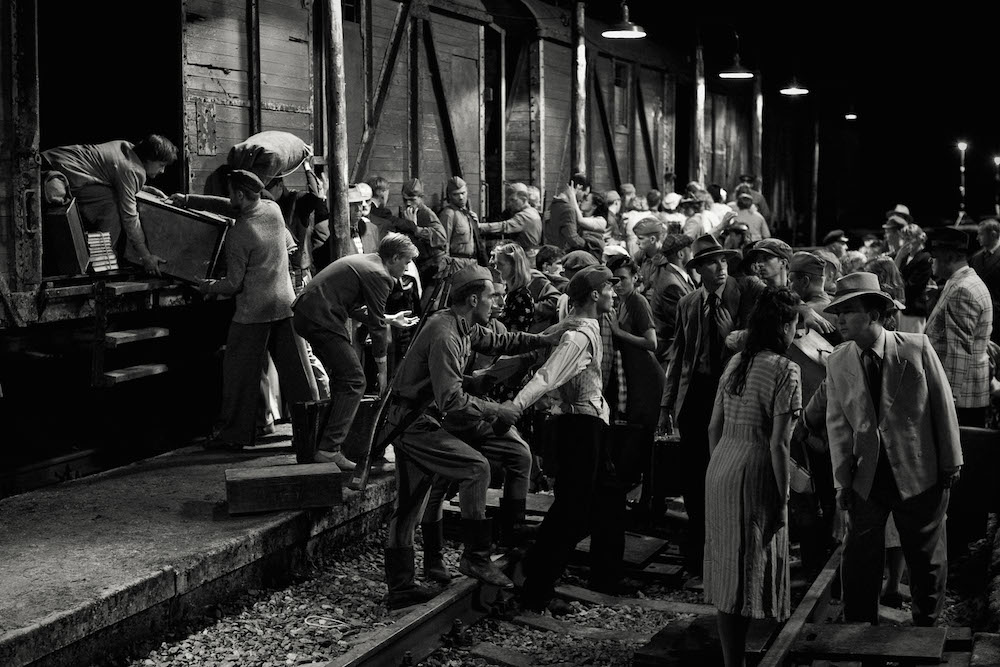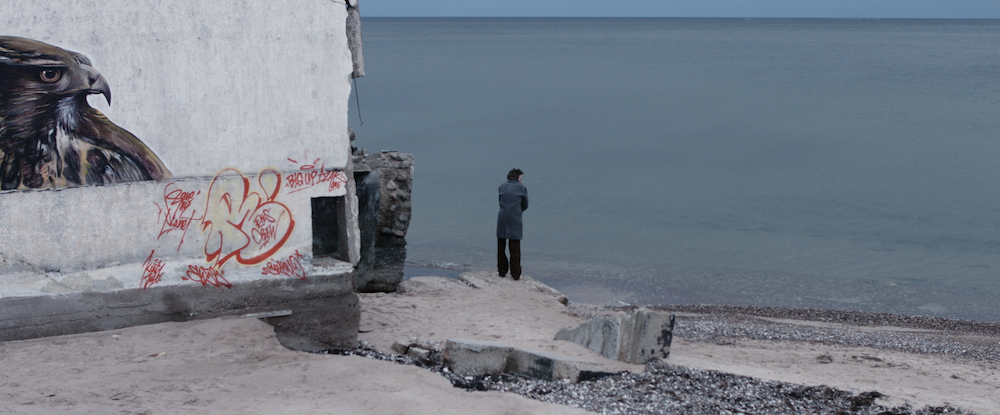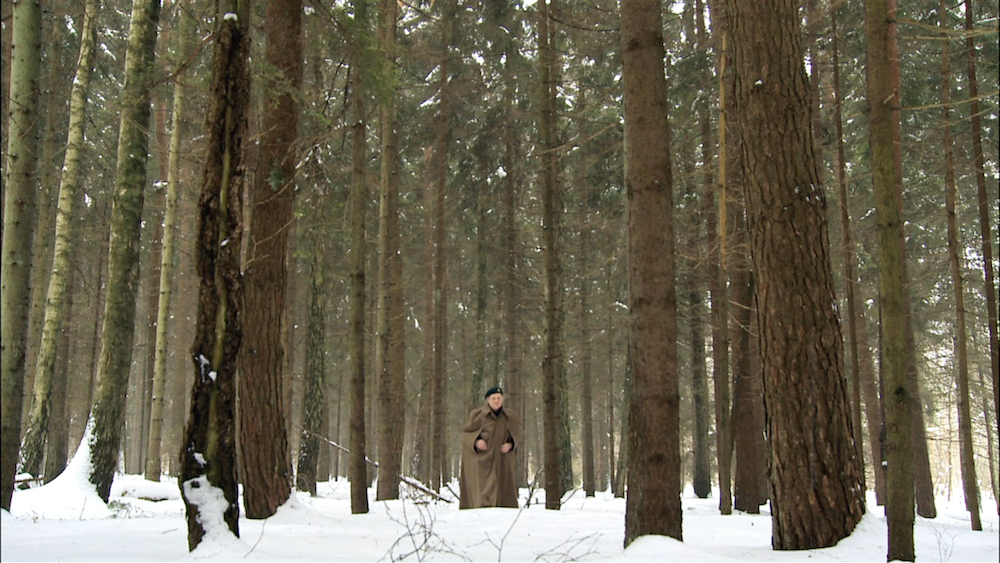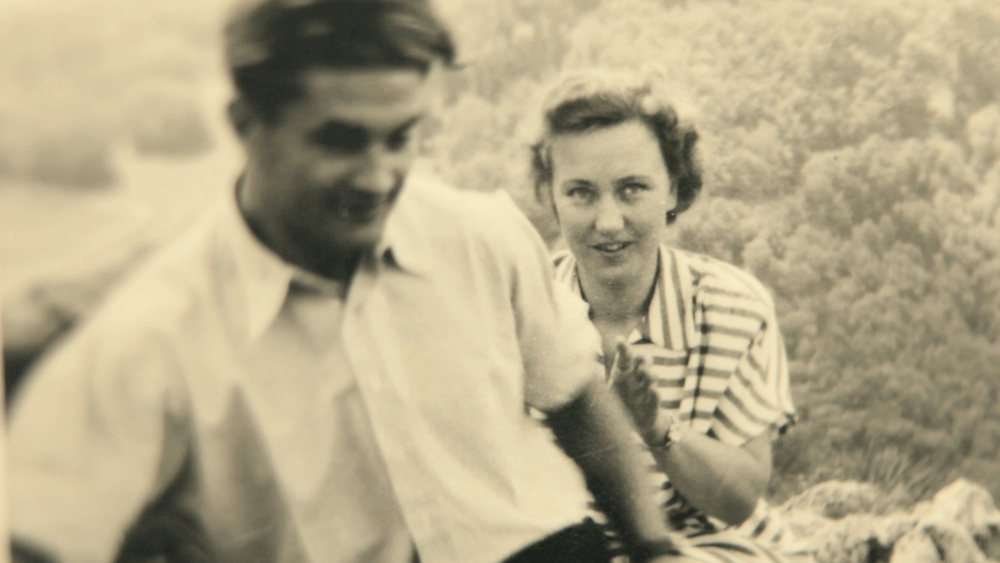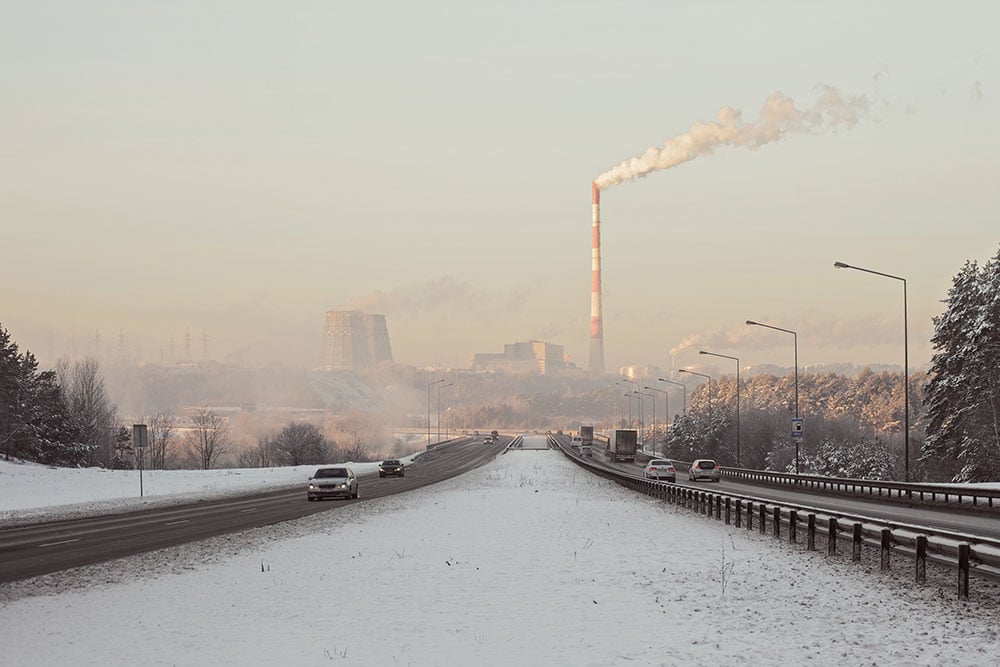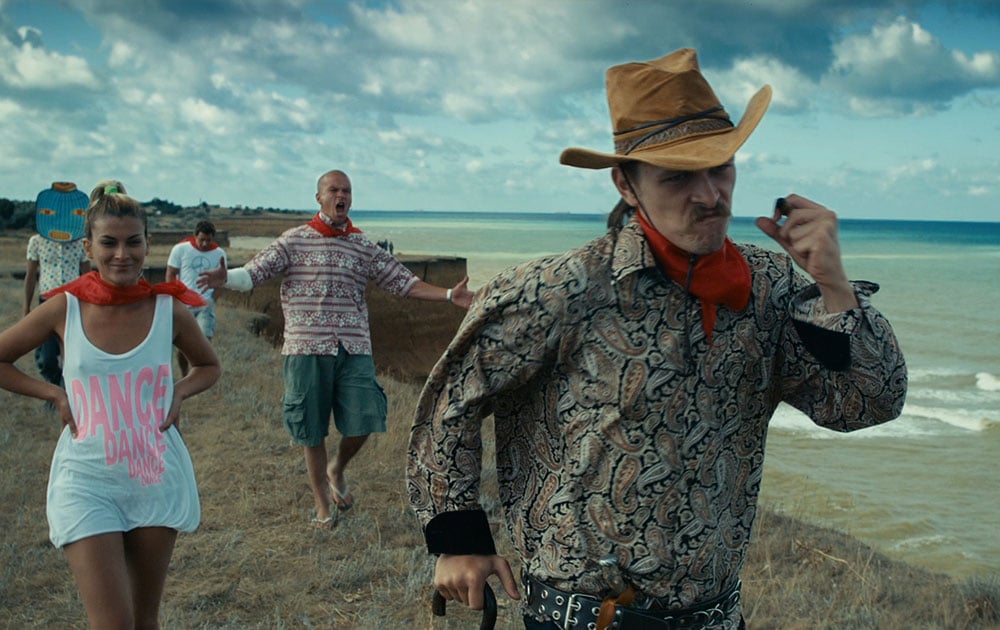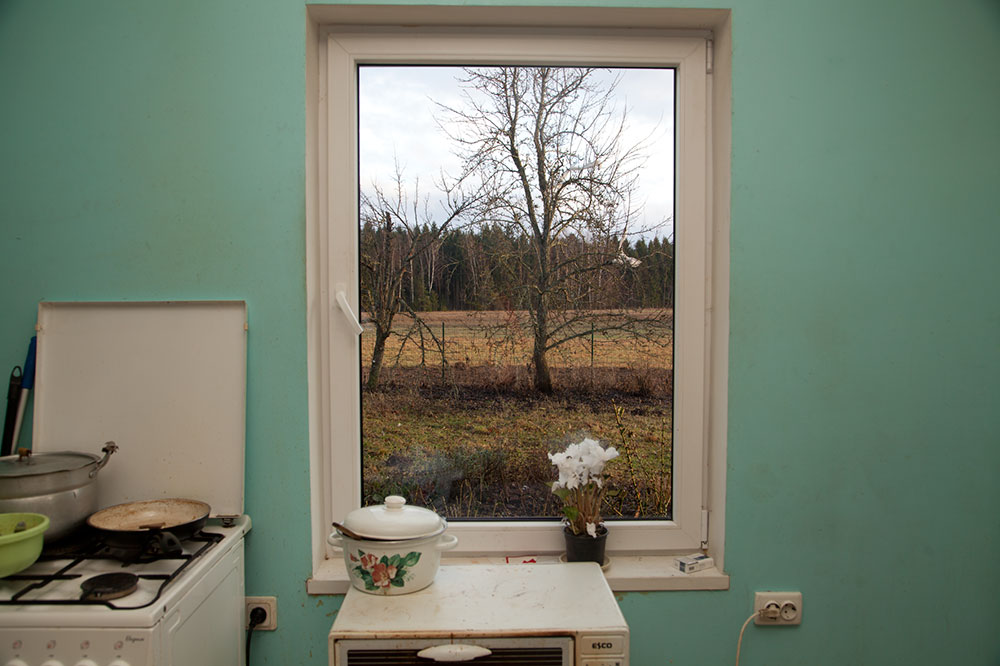Remembering 1941: how the Baltic states are confronting their deportation trauma on film
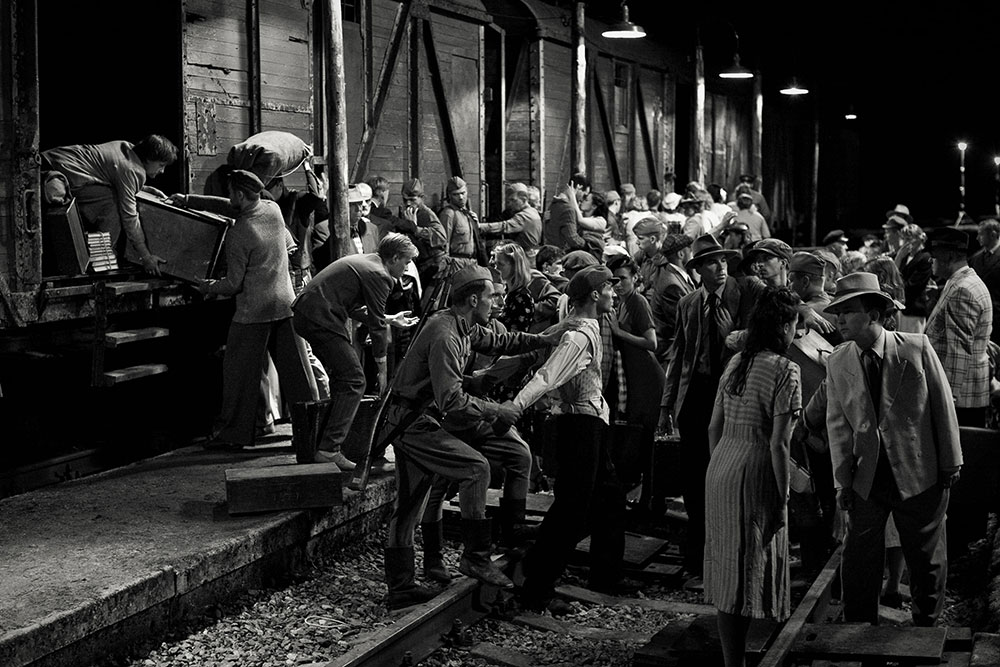
As tensions with Russia run high, a wave of films about the mass deportations carried out by the Soviets in 1941 are being made in the Baltic states. But beyond the politics, they're also about coming to terms, over 70 years later, with a painful and complex past
Baltic states have been eager to shake off their Soviet bloc past as they rush for European Union integration. But this legacy has become impossible to ignore as fears around Russia’s territorial ambitions are reignited. With independence fragile, the urgency of memory is underpinning a spate of films from the region that bear witness to some of the worst traumas of the former Soviet occupation and the 1941 deportations under Stalin which saw some 90,000 Estonians, Latvians and Lithuanians sent in cattle-cars to Siberia.
In the Crosswind is the feature debut of 27-year-old Tallinn-born director Martti Helde. It tells the story of deportee Erna Tamm. Separated from her husband, her undelivered letters to him form a poetic voice-over narration. Frozen tableaux capture moments so traumatic — from the aftermath of a rape by a kolkhoz chairman in a grubby toilet stall to prisoners before a firing squad — that they are seared on to time’s fabric, marking a life that has lost continuity and sense.
“When we started to make the film we couldn’t have imagined, or wished, that it would be released in the time of the Ukrainian crisis,” Helde told us. As well as the escalating political tensions heightening its contemporary bite, the film’s fresh approach of experimental innovation has enabled it to achieve festival award recognition and a commercial release in France. It’s wider attention than is often afforded the small Baltic film industries, and constitutes a higher profile than Audrius Juzenas’s The Excursionist, Lithuania’s ably crafted but more conventional 2013 drama on the deportations. “This unusual form has allowed the film to be noticed, travel and reach so many audiences who have become aware of our history,” said Helde.
The story is a very personal one for Helde, whose grandfather survived a camp and who melded relatives’ letters with national archive material to form the composite character of Tamm. “For many families and society as a whole it’s been an incredibly fierce force that has formed our current existence,” he said, when asked if these experiences are much openly discussed among his generation. “In a way it’s impossible to suppress such memories and talking about it is one way of dealing with it. Today the question rather is whether my generation will continue keeping this history and memory alive, or is it time to move on?”
While films such as Helde’s are overtly concerned with confronting these historical fractures, their reverbations can be felt more widely in the region’s cultural output, and a questioning of identity that runs deep. Regarded by many as the most significant voice in new Baltic cinema, Estonia’s Veiko Õunpuu — whose fourth feature Roukli will be out this year — has built up a visually striking body of work. With wry, dark wit, it depicts drifting characters grappling for a way out of their existential crises, from his Venice-awarded Autumn Ball, set in a desolate Soviet-era housing block, to the surreal downfall of a middle manager in The Temptation of St Tony and Free Range, about a directionless writer hemmed in by society’s demands.
While, on the face of it, his work is oriented toward disillusionment with capitalism as a saviour, his roots on Estonian island Saaremaa, which was strangled between the larger powers of Germany and Russia as they advanced and retreated through the territory, feed into its pervasive sense of disquiet. He told us: “The whole wartime and post-war generations of Estonians were bitter and traumatised. From constant fear, stress, shattered families, lost homes, disillusionment, cynicism, hopelessness. And now, there’s the susceptibility to believe that (as communism is the greatest evil in the world) then the liberal markets are pure magic, there’s nationalism that verges on fascism and this almost hysterical masculinity. It all comes from the trauma. There’s no direct link to it in my films but I’m sure the pessimistic undertone stems from all of it — the feeling of grief over so much suffering that did not amount to anything at all.”
While Õunpuu’s more nuanced approach to identity has found recognition at the festival arthouse end of the spectrum rather than mass appeal, a local hunger for national sentiment-bolstering wartime epics saw this year’s part military-funded 1944, by Elmo Nüganen, about Estonian soldier camaraderie under siege, attract the second-highest number of admissions ever within the nation.
Trailer for 1944 (2015)
The rise in patriotic sentiment among Baltic people that has inevitably come with newly threatened borders was reflected in an unexpectedly strong response from Lithuanians to a promotional campaign for last year’s The Invisible Front, a documentary about anti-Soviet partisan leader Juozas Lukša, which circulated green wristbands as a symbol of solidarity with those who fought to keep their homeland free from outside domination. This led to a flood of requests for the bands and a viral effect on social media.
New York-based director Vincas Sruoginis, whose grandfather was a diplomat from Lithuania who could not return home during the Soviet occupation and after independence became the nation’s first UN ambassador, said: “The campaign struck a chord with youth in that the partisans were barely mentioned in school and families who were involved in the resistance rarely, if ever, spoke openly about it because of the lingering effect of Soviet oppression.”
Based on Forest Brothers, Lukša’s autobiographical account of taking to the woods as a fighter, and incorporating interviews with his widow Nijole and surviving rebels, the film pays homage as a hero to a figure it deems key in carrying information about the deportations and armed resistance to a neglectful west, and providing the spirit of Lithuania’s later independence movement.
Sruoginis concedes that the Lithuanian populace’s attitudes to the shifting tides and factions involved in more than a decade of resistance are far from clear-cut, and these multiple nuances are impossible to fully incorporate in a single film. “At one point there were young men fighting the Soviets then at another there were young men fighting the Germans and then, unfortunately, there were young men who joined in the killing of Jews. This subject matter is very complicated and needs to be explored in greater detail. I think that this will happen in the near future.”
Teaser for The Chronicles of Melanie (2015)
He added: “An element of the film which most of my American friends could not fathom is that for 50 years, families who were broken up by the deportations had to live next door to the people who betrayed them. You would think that there were would be mass revenge after independence but it didn’t happen. Why? Because after so many decades you can’t just unravel a complicated and painful history in one brushstroke. It takes time to undo the damage of three occupations and after 25 years Lithuania is still not done unravelling it.”
More Baltic films tackling this collective trauma are in the pipeline, including the first feature on the Stalinist deportations from Latvia, The Chronicles of Melanie. Director Viestur Kairiss told us: “With this film I continue to fight for Latvian independence from Russia. But this is not the only reason I’m making it. The human story is the most important to me.” Based on the chronicles of journalist and deportee Melānija Vanaga, it is set to premiere this year.
.jpg)
.jpg)
.jpg)
.jpg)
